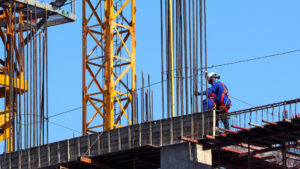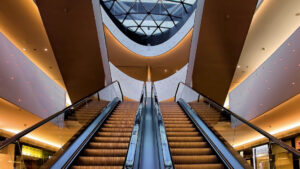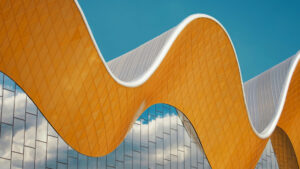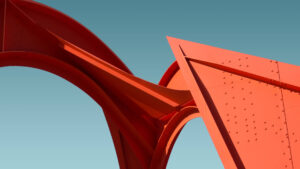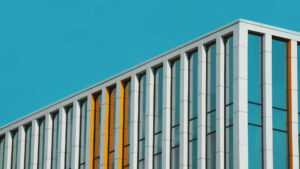Need Any
Consultation?
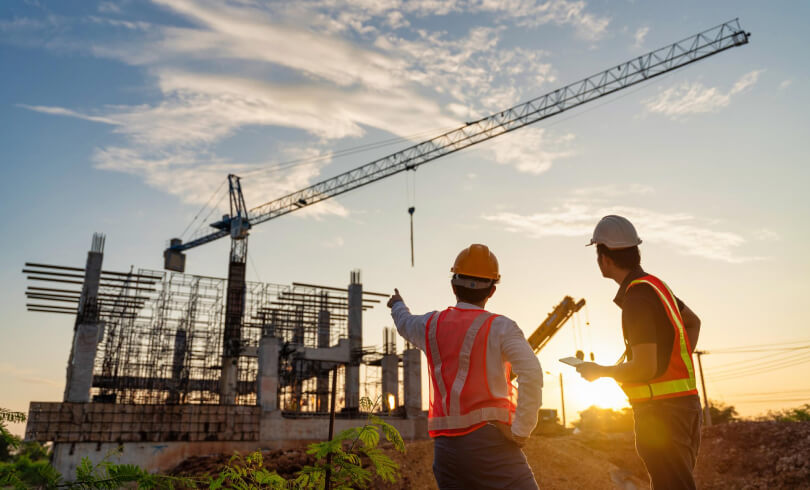
High-Rise Buildings with Steel:
High-Rise Buildings with Steel represent the pinnacle of modern architecture, combining strength, flexibility, and aesthetic appeal to create towering structures that redefine city skylines. Steel is the material of choice for high-rise construction due to its superior load-bearing capacity, durability, and adaptability. These buildings are designed to meet the demands of urban growth, offering sustainable and efficient solutions for residential, commercial, and mixed-use developments.

Modern Manufacturing & Engineering Solutions Provider
Delivering top-tier manufacturing services with precision and innovation.
- Professional Manufacturing Services
- Dedicated Team Members
- Trusted Manufacturing Partner
Features of High-Rise Buildings with Steel:
- Unmatched Strength:
- Steel provides exceptional structural integrity, allowing for the construction of taller, more resilient buildings that can withstand high wind loads, seismic activity, and other environmental forces.
- Architectural Flexibility:
- Steel’s versatility enables innovative and complex designs, accommodating a wide range of architectural styles and functional requirements.
- Speed of Construction:
- Pre-fabricated steel components allow for rapid on-site assembly, reducing construction timelines and minimizing disruption in densely populated areas.
- Slim Profiles:
- Steel’s high strength-to-weight ratio allows for slender and elegant structures, maximizing usable floor space and offering unobstructed views.
- Sustainability:
- Steel is 100% recyclable, making it an eco-friendly choice that supports green building initiatives and reduces the environmental impact of construction.
Benefits of High-Rise Buildings with Steel:
Steel’s resistance to corrosion, fire, and pests ensures that high-rise buildings maintain their structural integrity and aesthetic appeal over time.
The flexibility of steel allows for open floor plans and large spans without the need for interior columns, offering greater design freedom and efficiency.
While the initial investment in steel may be higher, the long-term savings on maintenance, energy efficiency, and construction speed make it a cost-effective choice.
Steel structures are designed to meet stringent safety standards, providing superior protection against natural disasters such as earthquakes and hurricanes.
High-rise buildings with steel can be easily modified or expanded to meet changing needs, ensuring that the structure remains relevant and functional for years to come.
Applications of High-Rise Buildings with Steel:
- Residential Towers:
- Steel’s strength and flexibility make it ideal for creating modern, high-density residential buildings that offer spacious living areas and premium amenities.
- Commercial Skyscrapers:
- Steel structures support the construction of iconic commercial buildings, providing expansive office spaces and state-of-the-art facilities for businesses.
- Mixed-Use Developments:
- Steel’s adaptability allows for the seamless integration of residential, commercial, and recreational spaces within a single high-rise building.
- Hotels and Hospitality:
- High-rise hotels benefit from steel’s ability to create luxurious, open spaces with breathtaking views and top-tier safety features.
- Urban Redevelopment:
- Steel is the material of choice for transforming outdated urban areas into vibrant, high-rise communities that meet the demands of modern living.
Specifications of High-Rise Buildings with Steel:
- Structural System:
- Typically involves a combination of steel framing, composite floors, and reinforced concrete cores for enhanced stability and load distribution.
- Building Height:
- Steel structures can support heights ranging from mid-rise to supertall skyscrapers, depending on the project’s design and location.
- Cladding Options:
- Available in a variety of materials, including glass, aluminum, and stone, to complement the building’s architectural style and improve energy efficiency.
- Foundation Design:
- Engineered to support the weight of the structure while accommodating site-specific conditions such as soil type and seismic activity.
- Safety Features:
- Incorporates advanced fireproofing, seismic bracing, and wind resistance systems to ensure occupant safety and structural integrity.


